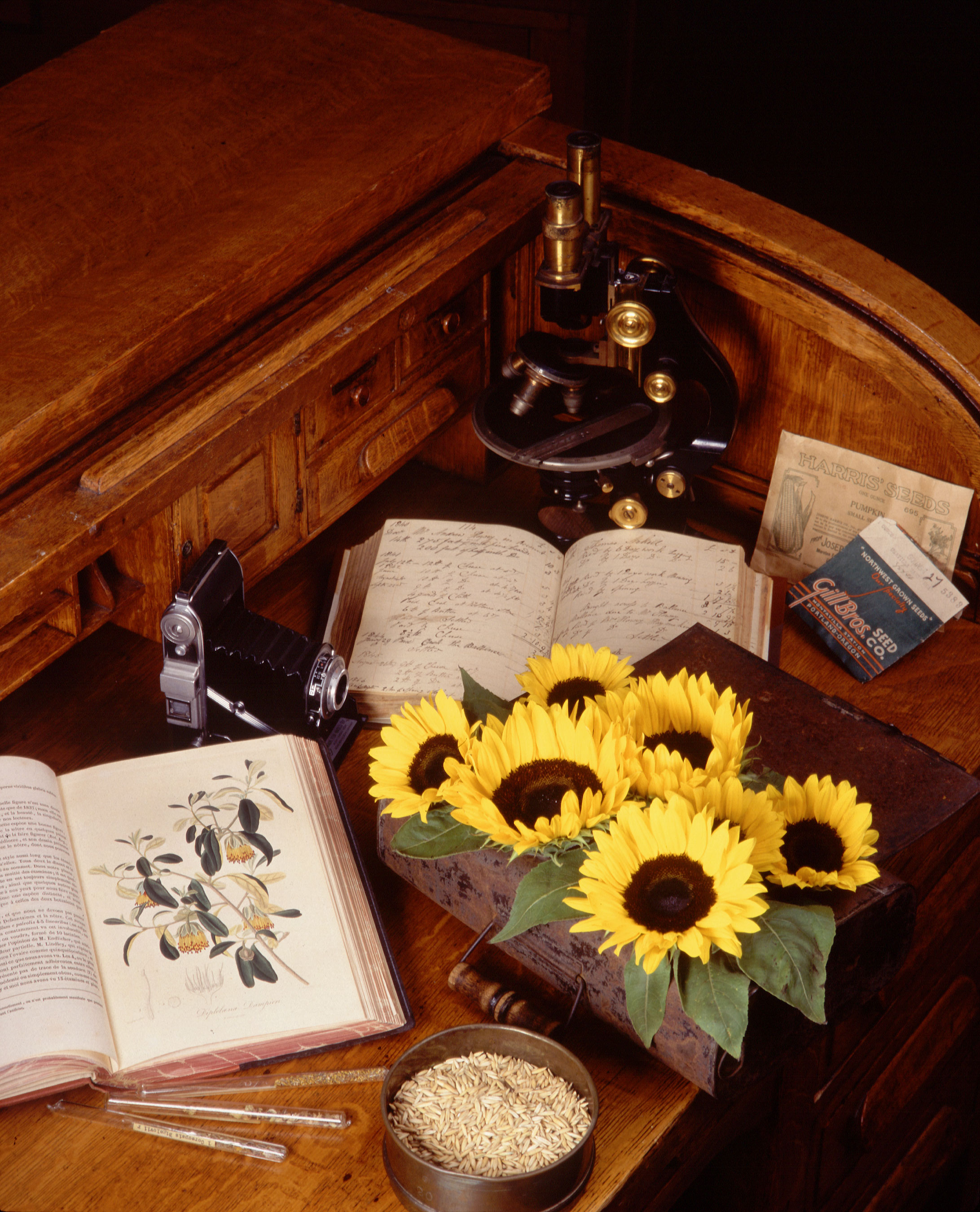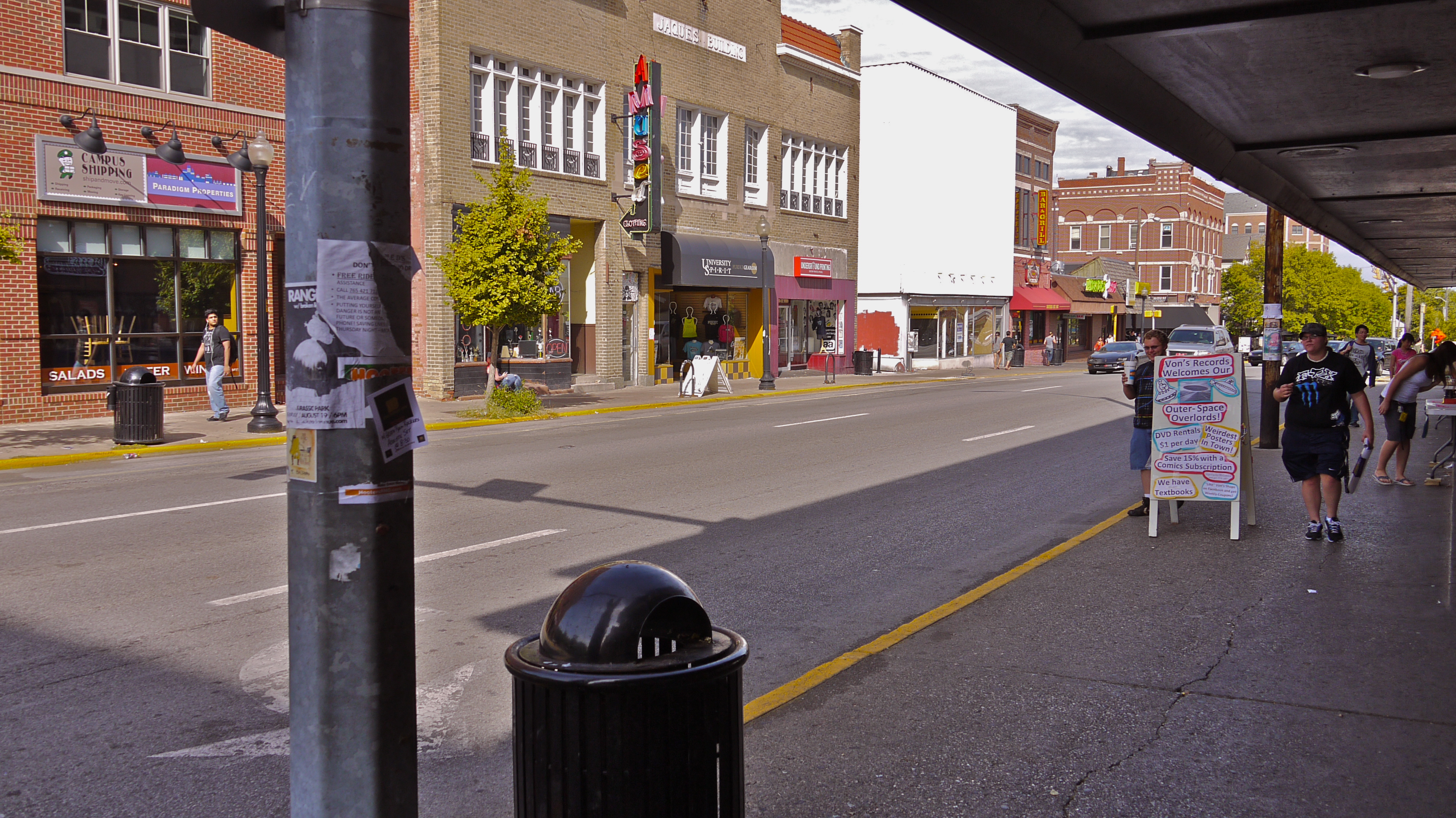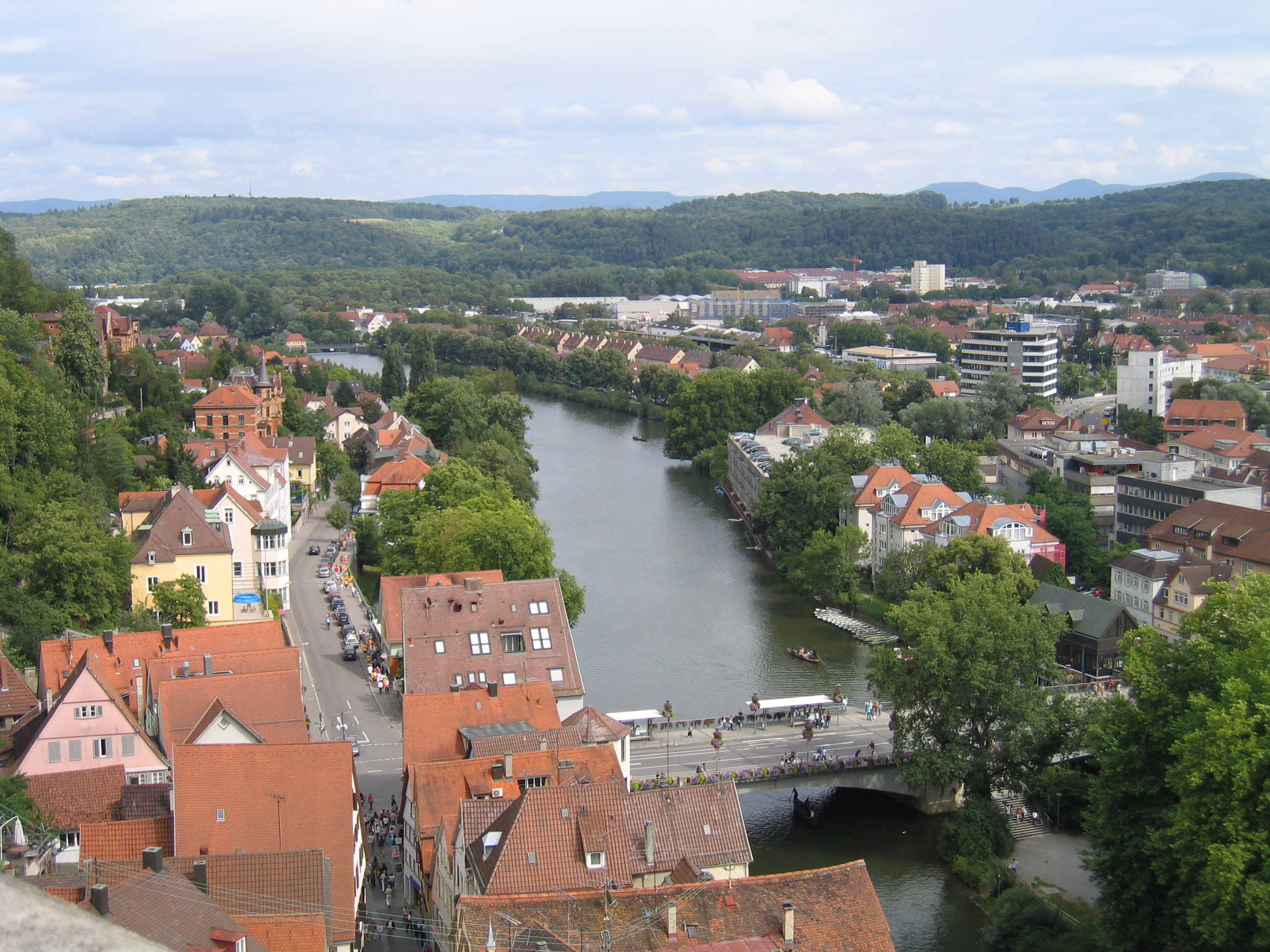|
Gaspard Bauhin
Gaspard Bauhin or Caspar Bauhin (; 17 January 1560 – 5 December 1624), was a Switzerland, Swiss botanist whose ''Pinax theatri botanici'' (1623) described thousands of plants and classified them in a manner that draws comparisons to the later binomial nomenclature of Carl Linnaeus, Linnaeus. He was a disciple of the famous Italian physician Girolamo Mercuriale and he also worked on human anatomy, anatomical nomenclature. Bauhin described the ileocecal valve in 1588—hence the name Bauhin's Valve or Valve of Bauhin—in the preface of his first writing,''De corporis humani partibus externis tractatus, hactenus non editus.''Linnaeus honored the Bauhin brothers Gaspard and Johann Bauhin, Jean in the genus name ''Bauhinia''. Biography Jean and Gaspard were the sons of Jean Bauhin (1511–1582), a French physician who had to leave his native country on becoming a convert to Protestantism. Gaspard was born in Basel. From 1572 he studied in his hometown, Padua, Bologna, Montpelli ... [...More Info...] [...Related Items...] OR: [Wikipedia] [Google] [Baidu] |
Basel
Basel ( ; ), also known as Basle ( ), ; ; ; . is a city in northwestern Switzerland on the river Rhine (at the transition from the High Rhine, High to the Upper Rhine). Basel is Switzerland's List of cities in Switzerland, third-most-populous city (after Zurich and Geneva), with 177,595 inhabitants within the city municipality limits. The official language of Basel is Swiss Standard German and the main spoken language is the local Basel German dialect. Basel is commonly considered to be the cultural capital of Switzerland and the city is famous for its many Museums in Basel, museums, including the Kunstmuseum Basel, Kunstmuseum, which is the first collection of art accessible to the public in the world (1661) and the largest museum of Swiss art, art in Switzerland, the Fondation Beyeler (located in Riehen), the Museum Tinguely and the Museum of Contemporary Art (Basel), Museum of Contemporary Art, which is the first public museum of contemporary art in Europe. Forty museums ... [...More Info...] [...Related Items...] OR: [Wikipedia] [Google] [Baidu] |
Protestantism
Protestantism is a branch of Christianity that emphasizes Justification (theology), justification of sinners Sola fide, through faith alone, the teaching that Salvation in Christianity, salvation comes by unmerited Grace in Christianity, divine grace, the priesthood of all believers, and the Bible as the sole infallible source of authority for Christian faith and practice. The five solae, five ''solae'' summarize the basic theological beliefs of mainstream Protestantism. Protestants follow the theological tenets of the Reformation, Protestant Reformation, a movement that began in the 16th century with the goal of reforming the Catholic Church from perceived Criticism of the Catholic Church, errors, abuses, and discrepancies. The Reformation began in the Holy Roman Empire in 1517, when Martin Luther published his ''Ninety-five Theses'' as a reaction against abuses in the sale of indulgences by the Catholic Church, which purported to offer the remission of the Purgatory, temporal ... [...More Info...] [...Related Items...] OR: [Wikipedia] [Google] [Baidu] |
Spice
In the culinary arts, a spice is any seed, fruit, root, Bark (botany), bark, or other plant substance in a form primarily used for flavoring or coloring food. Spices are distinguished from herbs, which are the leaves, flowers, or stems of plants used for flavoring or as a garnish (food), garnish. Spices and seasoning do not mean the same thing, but spices fall under the seasoning category with herbs. Spices are sometimes used in medicine, Sacred rite, religious rituals, cosmetics, or perfume production. They are usually classified into spices, spice seeds, and herbal categories. For example, vanilla is commonly used as an ingredient in Aroma compound, fragrance manufacturing. Plant-based sweeteners such as sugar are not considered spices. Spices can be used in various forms, including fresh, whole, dried, grated, chopped, crushed, ground, or extracted into a tincture. These processes may occur before the spice is sold, during meal preparation in the kitchen, or even at the ... [...More Info...] [...Related Items...] OR: [Wikipedia] [Google] [Baidu] |
History Of Botany
The history of botany examines the human effort to understand life on Earth by tracing the historical development of the discipline of botany—that part of natural science dealing with organisms traditionally treated as plants. Rudimentary botanical science began with empirically based plant lore passed from generation to generation in the oral traditions of Paleolithic hunter-gatherers. The first writings that show human curiosity about plants themselves, rather than the uses that could be made of them, appear in ancient Greece and ancient India. In Ancient Greece, the teachings of Aristotle's student Theophrastus at the Lyceum in ancient Athens in about 350 BC are considered the starting point for Western botany. In ancient India, the Vṛkṣāyurveda, attributed to Parashara, is also considered one of the earliest texts to describe various branches of botany. In Europe, botanical science was soon overshadowed by a medieval preoccupation with the medicinal properties of p ... [...More Info...] [...Related Items...] OR: [Wikipedia] [Google] [Baidu] |
City Physician
City physician (German language, German: ; , , from Latin ) was a historical title in the Late Middle Ages for a physician appointed by the city council. The city physician was responsible for the health of the population, particularly the poor, and the Hygiene, sanitary conditions in the city. His duties also included the supervision of Pharmacy (shop), pharmacies and the supervision of those engaged in medical tasks, such as Midwife, midwives and barber surgeons. In addition, he had Forensic medicine, forensic duties such as assessing the Injury, injuries of living persons, external postmortem examinations, and conducting Autopsy, autopsies in cases of non-natural and unexplained deaths. In times of epidemic, many city physicians published small, printed books of guidelines. His functions combined aspects of the modern health minister, chief medical officer, coroner, and medical/pharmaceutical licencing authority. The role existed in what are today a number of European countries ... [...More Info...] [...Related Items...] OR: [Wikipedia] [Google] [Baidu] |
West Lafayette, Indiana
West Lafayette ( ) is a city in Wabash and Tippecanoe Townships, Tippecanoe County, Indiana, United States, approximately northwest of the state capital of Indianapolis and southeast of Chicago. West Lafayette is directly across the Wabash River from its sister city, Lafayette. As of the 2020 census, its population was 44,595. It is home to Purdue University and is a college town and the most densely populated city in Indiana. History Augustus Wylie laid out a town in 1836 in the Wabash River floodplain south of the present Levee. Due to regular flooding of the site, Wylie's town was never built. The present city was formed in 1888 by the merger of the adjacent suburban towns of Chauncey, Oakwood, and Kingston, located on a bluff across the Wabash River from Lafayette, Indiana. The three towns had been small suburban villages which were directly adjacent to one another. Kingston was laid out in 1855 by Jesse B. Lutz. Chauncey was platted in 1860 by the Chauncey family of ... [...More Info...] [...Related Items...] OR: [Wikipedia] [Google] [Baidu] |
Purdue University Press
Purdue University Press, founded in 1960, is a university press affiliated with Purdue University and overseen by Purdue University Libraries. Purdue University Press is currently a member of both the Association of University Presses, to which it was admitted in 1993. Domestic distribution for the press is currently provided by the University of North Carolina Press's Longleaf Services. History An administrative unit of Purdue University Libraries, Purdue University Press has its roots in the 1960 founding of Purdue University Studies by President Frederick Hovde on a $12,000 grant from the Purdue Research Foundation. This was the result of a committee appointed by Hovde after the Department of English lamented the lack of publishing venues in the humanities. The first editorial board was headed by Robert B. Ogle. William Whalen, director of the Office of Publications, became the part-time director of Purdue University Studies. Verna Emery was managing editor from 1977 to 1990, ... [...More Info...] [...Related Items...] OR: [Wikipedia] [Google] [Baidu] |
Ancient Greek Language
Ancient Greek (, ; ) includes the forms of the Greek language used in ancient Greece and the classical antiquity, ancient world from around 1500 BC to 300 BC. It is often roughly divided into the following periods: Mycenaean Greek (), Greek Dark Ages, Dark Ages (), the Archaic Greece, Archaic or Homeric Greek, Homeric period (), and the Classical Greece, Classical period (). Ancient Greek was the language of Homer and of fifth-century Athens, fifth-century Athenian historians, playwrights, and Ancient Greek philosophy, philosophers. It has contributed many words to English vocabulary and has been a standard subject of study in educational institutions of the Western world since the Renaissance. This article primarily contains information about the Homeric Greek, Epic and Classical periods of the language, which are the best-attested periods and considered most typical of Ancient Greek. From the Hellenistic period (), Ancient Greek was followed by Koine Greek, which is regar ... [...More Info...] [...Related Items...] OR: [Wikipedia] [Google] [Baidu] |
Botany
Botany, also called plant science, is the branch of natural science and biology studying plants, especially Plant anatomy, their anatomy, Plant taxonomy, taxonomy, and Plant ecology, ecology. A botanist or plant scientist is a scientist who specialises in this field. "Plant" and "botany" may be defined more narrowly to include only land plants and their study, which is also known as phytology. Phytologists or botanists (in the strict sense) study approximately 410,000 species of Embryophyte, land plants, including some 391,000 species of vascular plants (of which approximately 369,000 are flowering plants) and approximately 20,000 bryophytes. Botany originated as history of herbalism#Prehistory, prehistoric herbalism to identify and later cultivate plants that were edible, poisonous, and medicinal, making it one of the first endeavours of human investigation. Medieval physic gardens, often attached to Monastery, monasteries, contained plants possibly having medicinal benefit. ... [...More Info...] [...Related Items...] OR: [Wikipedia] [Google] [Baidu] |
Medical Doctorate
A Doctor of Medicine (abbreviated MD, from the Latin ) is a medical degree, the meaning of which varies between different jurisdictions. In the United States, and some other countries, the ''MD'' denotes a professional degree of physician. This generally arose because many in 18th-century medical professions trained in Scotland, which used the MD degree nomenclature. In England, however, Bachelor of Medicine, Bachelor of Surgery (MBBS) was used: in the 19th century, it became the standard in Scotland too. Thus, in the United Kingdom, Ireland and other countries, the MD is a research doctorate, honorary doctorate or applied clinical degree restricted to those who already hold a professional degree (Bachelor's/Master's/Doctoral) in medicine. In those countries, the equivalent professional degree to the North American, and some others' usage of MD is still typically titled Bachelor of Medicine, Bachelor of Surgery. History The first medical degrees were awarded by the Schola Medica ... [...More Info...] [...Related Items...] OR: [Wikipedia] [Google] [Baidu] |
Tübingen
Tübingen (; ) is a traditional college town, university city in central Baden-Württemberg, Germany. It is situated south of the state capital, Stuttgart, and developed on both sides of the Neckar and Ammer (Neckar), Ammer rivers. about one in three of the 90,000 people living in Tübingen is a student. As of the 2018/2019 winter semester, 27,665 students attend the University of Tübingen, Eberhard Karl University of Tübingen. The city has the lowest median age in Germany, in part due to its status as a university city. As of December 31, 2015, the average age of a citizen of Tübingen is 39.1 years. Immediately north of the city lies the Schönbuch, a densely wooded nature park. The Swabian Alb mountains rise about (beeline Tübingen City to Roßberg - 869 m) to the southeast of Tübingen. The Ammer and Steinlach rivers are Tributary, tributaries of the Neckar river, which flows in an easterly direction through the city, just south of the Middle Ages, medieval old town. La ... [...More Info...] [...Related Items...] OR: [Wikipedia] [Google] [Baidu] |
Paris
Paris () is the Capital city, capital and List of communes in France with over 20,000 inhabitants, largest city of France. With an estimated population of 2,048,472 residents in January 2025 in an area of more than , Paris is the List of cities in the European Union by population within city limits, fourth-most populous city in the European Union and the List of cities proper by population density, 30th most densely populated city in the world in 2022. Since the 17th century, Paris has been one of the world's major centres of finance, diplomacy, commerce, culture, Fashion capital, fashion, and gastronomy. Because of its leading role in the French art, arts and Science and technology in France, sciences and its early adoption of extensive street lighting, Paris became known as the City of Light in the 19th century. The City of Paris is the centre of the Île-de-France region, or Paris Region, with an official estimated population of 12,271,794 inhabitants in January 2023, or ... [...More Info...] [...Related Items...] OR: [Wikipedia] [Google] [Baidu] |








